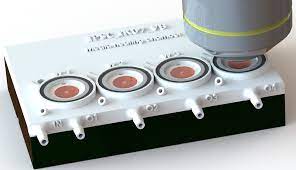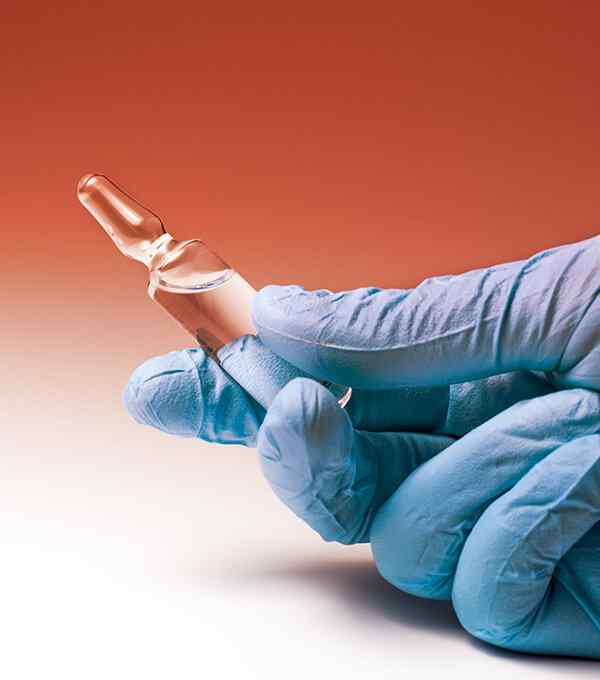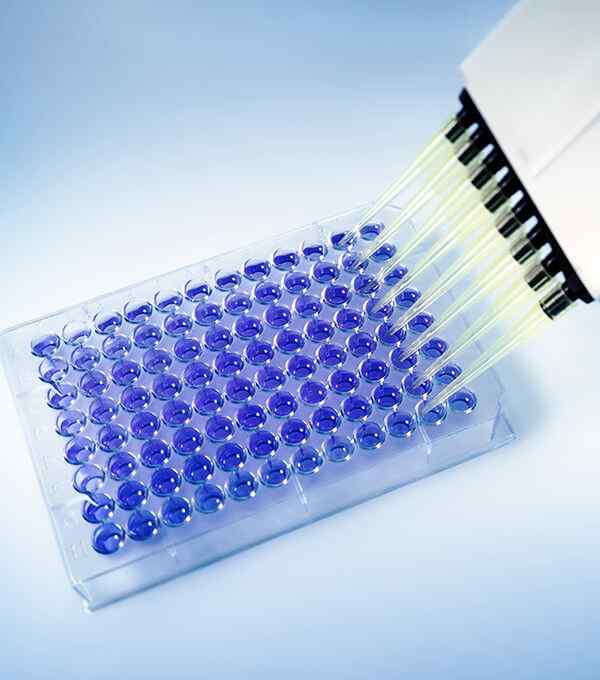BENEFITSDedicated to Providing Quality Laboratory Services
Analytical Projects
Trust the experts at Novalab to carry out difficult projects.
Strict Quality Practices
Novalab is equipped to support rigorous quality standards.
Customized Solutions
We develop customized protocols, methods.
Advanced Instruments
Our teams of scientists use a wide range of instruments.
3d printing and CAD modeling ( FDM, Slm)
FDM is a more common 3D printing technology. It works by melting thermoplastic filament and depositing it layer by layer to create a 3D object. FDM printers are relatively easy to use and can be used to create a wide variety of objects. SLM is a more advanced 3D printing technology that uses a laser to melt and fuse metal powder together to create a 3D object. With the experience handling and technology, we have an expert team for designing complex geometries and print them to utmost perfection.
Microfluidic designing and production
We at ISMO design microfluidic chambers as per our customer’s requirement. We guide you and render the required demands as ordered. The specific steps involved will vary depending on the specific microfluidic device being designed and produced. However, some of the common steps involved in microfluidic designing and production include:
- Conceptual design
- Detailed design
- Simulation.
- Prototyping
- Testing
- Manufacturing
In vitro personalized drug screening
In vitro personalized drug screening (IVPDS) is a type of drug screening that uses cells or tissues from an individual patient to identify drugs that are likely to be effective against their cancer. This approach has the potential to improve the efficacy and efficiency of cancer treatment by matching patients with drugs that are specifically tailored to their individual tumor biology. With appropriate Ethical Approvals and accreditations, we obtain the consents from the individual before the processing and perform the screenings in our state of the art lab setup.
Advanced Imaging solution and bio-sensors
Biosensors are devices that use biological molecules to detect and measure physical, chemical, or biological changes in the environment. Biosensors are used in a variety of healthcare applications, such as glucose monitoring, blood pressure monitoring, and cancer detection.
Fiber lasers (CW to Ultra fast pulsed laser systems)
- CW fiber lasers emit a continuous beam of light. CW fiber lasers are typically used for applications where a steady beam of light is required, such as telecommunications and material processing.
- Ultrafast pulsed fiber lasers emit a series of short pulses of light. Ultrafast pulsed fiber lasers are typically used for applications where high peak power is required, such as laser surgery and micromachining.
Free space and fiber Optics design and development
This is a type of optical communication that uses light beams that are transmitted through the air or through a vacuum. FSO systems are typically used for short-range communications, such as between buildings or between satellites.Fiber optics: This is a type of optical communication that uses light beams that are transmitted through a fiber optic cable. Fiber optic cables are made of glass or plastic and are very thin and flexible. Fiber optic systems are typically used for long-range communications, such as between cities or continents.
AI modeling and image processing
- Object detection
- Object detection in image processing
- Scene understanding:.
- Scene understanding in image processing
- Face recognition:
- Medical image analysis
Opto-mechanics
- Optomechanical systems typically consist of a light source, a mechanical element, and a way to couple the two together. The light source can be a laser or an LED, and the mechanical element can be a mirror, a beamsplitter, or a nanomechanical oscillator. The coupling between the light and mechanical element can be achieved through a variety of mechanisms, such as radiation pressure, electrostriction, or magnetostriction.
Personalized health starts here: one stop solution for your tailored therapeutics








